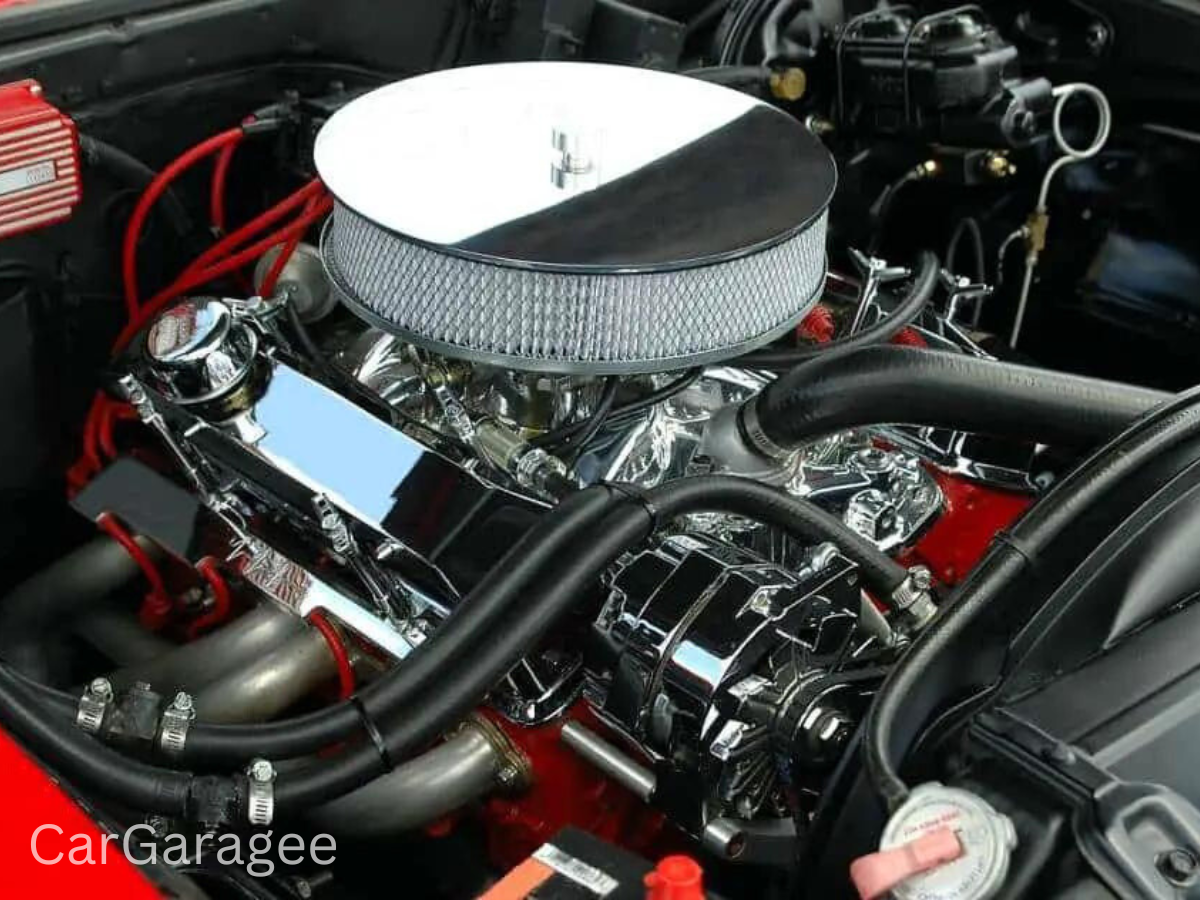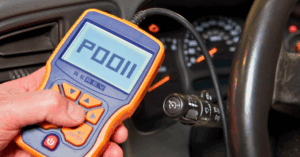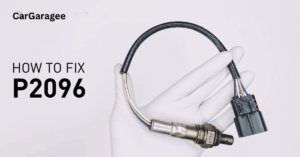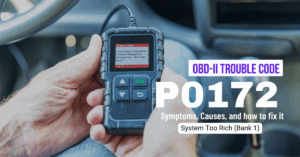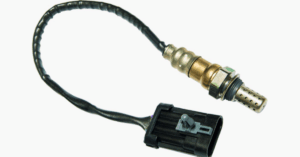Most car parts work smoothly for many years, but alternators sometimes fail sooner than expected. In some cars, alternators can go bad quite quickly. So, how long will a car run with a bad alternator? Understanding this can help you be ready for unexpected situations and keep you safe on the road.
What Is a Car Alternator and How Does It Work?
The alternator is a vital part of your car that keeps the battery charged and powers all the electrical systems. When you start your vehicle, the alternator generates electricity that keeps everything running smoothly, from the headlights to the radio and the dashboard.
If the alternator stops working, the battery can’t recharge while you drive. This means the battery will run out of power quickly, and you might have trouble starting or running your car.
Most alternators last between 80,000 and 150,000 miles, about seven years. However, this can change depending on a few things:
Quality of Parts: Better quality alternators last longer.
Electrical Load: The more electronic devices your car has, the harder the alternator has to work.
Driving Conditions: Tough driving conditions can wear out an alternator faster.
It’s important to keep an eye on your alternator. If you notice problems with your battery, it’s a good idea to check the alternator, too. Knowing the signs of a bad alternator and how long your car can run with one can help you avoid getting stuck with a dead battery.
How long will a Car Run with a Bad Alternator?
When your car’s alternator stops working, the battery keeps things running. However, the battery will eventually run out of power without the alternator recharging it. How long will a car run with bad alternator? This depends on a few factors, including the battery’s charge and the car’s model.
Battery Charge:
- Partially Charged Battery: If your battery isn’t fully charged, your car might run for only 5 to 30 minutes.
- Fully Charged Battery: A fully charged battery allows you to drive longer, but it won’t last forever.
Car Model:
- Older Gasoline Cars: Older models, especially those from the 1960s, use less battery power. Without headlights on, a fully charged battery might let you drive up to 50 miles.
- Older Diesel Cars: Diesel cars without spark plugs can run longer because they use less battery power. Some very old models might keep running until the fuel runs out.
- Newer Cars: Modern cars, especially those made in the 1990s or later, have more electronics, such as computers, sensor, and displays. These drain the battery quickly. Cars with features like electric power steering or computer-controlled transmissions will also use more battery power, reducing the distance you can drive without an alternator.
Starting the Engine:
Starting your car uses a lot of battery power. If your alternator is not working, avoid turning off the engine once you’ve started it to conserve battery life.
READ MORE:
What Should Oil Pressure be at Idle?
What is Spoon Engine? Everything You Need To Know!
How to Apply CV Axle Grease? A Detailed Guide
Symptoms of a Bad Alternator
Spotting the signs of a bad alternator early can save you from more significant problems. Here are some common signs to watch out for:
-
Car Won’t Start:
If your car struggles to start or dies quickly after being jumpstarted, the alternator might be the issue. If it’s a dead battery, your car should stay running once it’s jumpstarted. But the car won’t stay on if the issue is bad alternator.
-
Dim or Flickering Headlights:
If your headlights are dim or flicker while driving, the alternator does not provide a steady voltage. This inconsistency suggests that the alternator may be failing soon.
-
Battery Warning Light:
When the battery warning light comes on, it doesn’t just mean the battery is the problem. It indicates an issue with the charging system, which includes the alternator. A healthy alternator should produce between 13 and 14.5 volts. If it’s not, the warning light will alert you.
-
Strange Noises:
Unusual sounds like grinding, rubbing, or squealing from under the hood can indicate bad alternator problems. Open the hood and check for the source of the noise. Identifying where the noise comes from can help you pinpoint and address many car issues.
-
Weak or Dead Battery:
If your battery is constantly weak or dying, the alternator might not be charging it properly. If you replace the battery, it will die if the alternator isn’t fixed.
HOW to REPLACE AN ALTERNATOR
Replacing an alternator is a rewarding DIY project that can save money and give you a sense of accomplishment. Here’s a detailed guide to help you through the process:
Step-by-Step Guide:
Get the Right Alternator:
Order the Part: Ensure you order the correct alternator for your car. You must know your car’s year, make, model, and engine size. This information ensures you get a compatible part.
Disconnect the Battery:
Safety First: Always start by disconnecting the negative cable from your car battery. This step prevents electrical shocks and avoids any short circuits while you’re working on the car’s electrical system.
Locate the Alternator:
Find It: The alternator is usually located on the front of the engine and is about the size of half a loaf of bread. It will have a pulley on the front with a belt attached to it.
Remove the Belt:
- Release Tension: To remove the belt from the alternator pulley, locate the tensioner pulley. This pulley keeps the belt tight.
- Spring-loaded Tensioner: Most modern cars have a spring-loaded tensioner with a nut or bolt that you can turn with a wrench or socket. Carefully turn the tensioner to release the tension on the belt.
- Mechanical Tensioner: Older cars might have a mechanical tensioner. You’ll need to loosen a bolt to release the tension.
- Be Careful: The tensioner is under a lot of pressure, so be cautious to avoid injury if your tool slips.
Disconnect the Cables:
- Remove Electrical Connections: The alternator has several wires connected to it remove them.
- Battery Cable: This is usually bolted on. Use a wrench to remove it.
- Control Circuit: These connectors usually have small tabs. To disconnect them, gently lift the tabs with a small screwdriver while pulling the connector off. Be careful not to break the tabs.
- Inspect Wires: Check all the cables for wear and tear. Replace any that look damaged.
Remove the Alternator:
- Unbolt It: Alternators are typically held in place with two to four bolts. Use the appropriate socket or wrench to remove these bolts.
- Take It Out: After removing the bolts, carefully lift the bad alternator out of its bracket.
Install the New Alternator:
- Position It: Place the new alternator in the same spot as the old one.
- Bolt It In: Reinsert the bolts and tighten them securely.
- Reconnect Cables: Attach the battery cable and control circuit connectors to the new alternator.
- Replace the Belt: Position the belt back onto the alternator pulley. Use the tensioner to adjust the belt tension correctly.
Test the Alternator:
- Start the Car: After everything is reconnected, start your car.
- Battery Test: Disconnect the negative battery cable. If the car keeps running, it means the alternator is working correctly.
- Voltage Check: Use a multi-meter set to volts (at least 20 volts). Touch one leads to the negative battery terminal and the other to the positive terminal. The reading should be between 13 and 14.5 volts, indicating that the alternator is charging the battery correctly.
Tips for a Smooth Replacement:
- Keep Track of Parts: As you remove parts and bolts, organize them. Small containers can help you keep track of everything.
- Take Pictures: If you’re unsure about reassembly, take pictures during disassembly. This can help you remember where everything goes.
- Consult the Manual: Your car’s repair manual can provide specific details and diagrams for your vehicle model.
FAQS
-
Will a Car Stay Running with a Bad Alternator?
No, a car with a bad alternator will not stay running for long. The alternator charges the battery while the engine is running. Without it, the battery will quickly drain, causing the car to die and fail to restart until the alternator is repaired or replaced.
-
Can You Jumpstart a Car with a Bad Alternator?
You can jumpstart a car with a bad alternator, but it’s only a temporary fix. Once started, the car will run on the battery’s power alone, quickly depleting. It’s essential to replace the alternator to avoid being stranded.
-
Do Alternators Fail Suddenly?
Alternators can fail suddenly or gradually over time. Sudden failures are rare but possible, while gradual failures come with warning signs such as dimming headlights, electrical issues, and battery warning lights on the dashboard.
-
What Causes Alternators to Fail?
Alternators fail due to factors like heat, vibration, and electrical spikes. Age and wear from use also contribute to alternator failure. Leaks from engine oil or power steering fluid can also damage the alternator.
-
How Much Does It Cost to Replace an Alternator?
The cost to replace an alternator varies depending on the car’s make and model. On average, the cost can range from $300 to $600, including parts and labor. Prices may vary based on the location and the specific vehicle requirements.
-
What Are the Signs of a Bad Alternator?
Common signs of a bad alternator include dimming or flickering headlights, a dead battery, strange engine noises, electrical issues, and the battery warning light on the dashboard.
-
What Should I Do If My Alternator Fails While Driving?
Turn off all non-essential electrical accessories to conserve battery power if your alternator fails while driving. Find a safe place to pull over and call for roadside assistance. Avoid turning off the engine until you reach a secure location or help arrives.

Mian Hashir is a passionate automotive enthusiast and the lead author at Car Garagee, a website dedicated to providing in-depth car reviews, maintenance tips, and the latest news in the automotive world. With years of experience in the industry, Hashir combines his technical knowledge with a love for cars to deliver insightful and engaging content. Whether you’re a car owner or a curious reader, Mian Hashir’s articles help readers make informed decisions, from choosing the right vehicle to understanding how to keep it in top condition.

